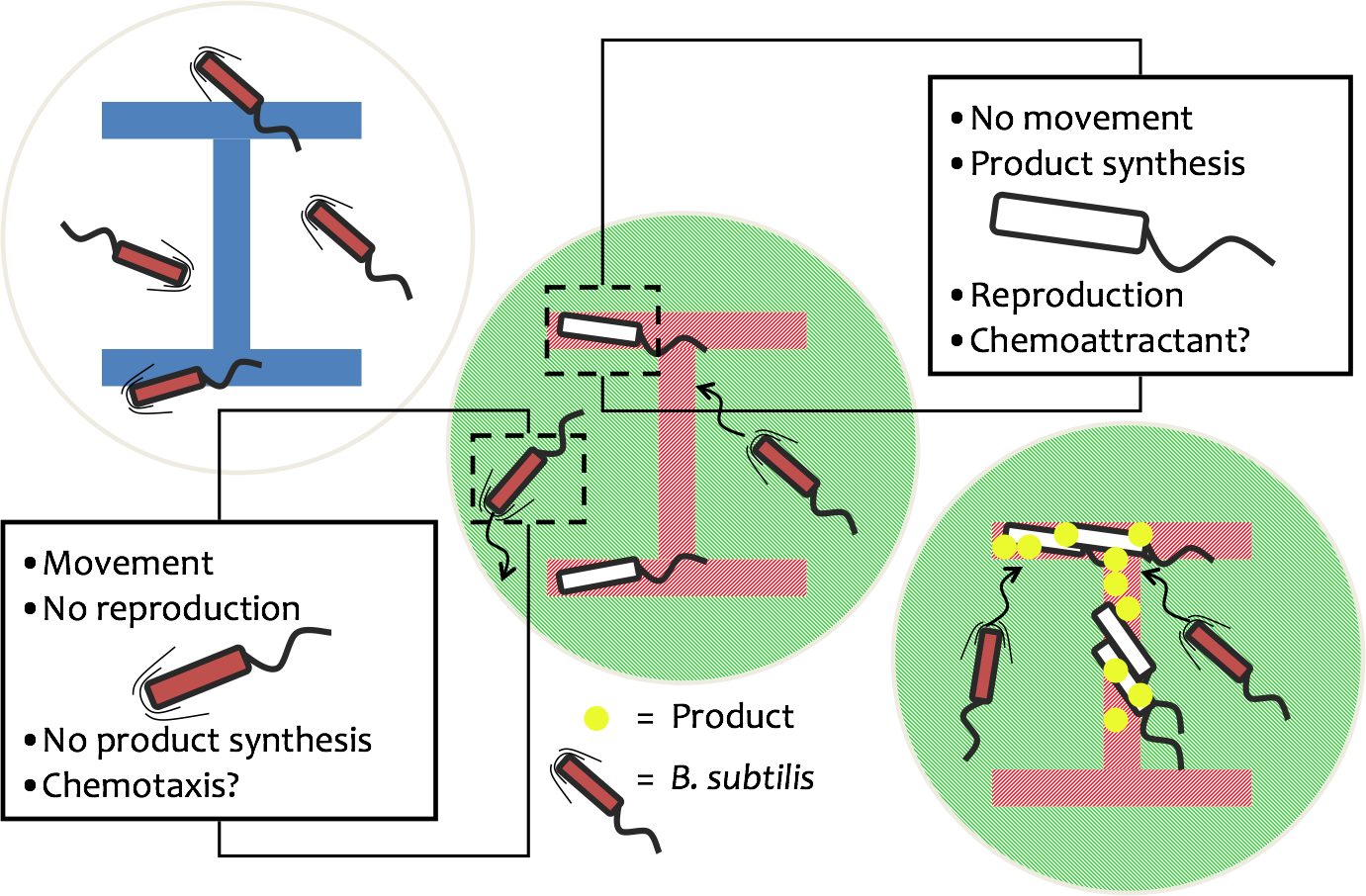From 2008.igem.org
(Difference between revisions)
|
|
| Line 28: |
Line 28: |
| | }} | | }} |
| | | | |
| - | {{Imperial/EndPage|#|Project/}}
| + | <br clear="all"><html><center><table style="color:#ffffff;background-color:#66aadd;" cellpadding="3" cellspacing="1" border="0" bordercolor="#ffffff" align="center"> |
| | + | <tr><td><ul id="sddm"></html> Previous<html></ul> |
| | + | </td><td><ul id="sddm"><a href="#">Back to top</a></ul> |
| | + | </td><td><ul id="sddm"></html>Next ><html></ul> |
| | + | </td></tr></table> |
| | + | </center></html> |
| | + | </div></td></tr></table> |
Revision as of 15:14, 14 October 2008
|

|

For the 2008 iGEM competition, the Imperial College Team aims to develop a genetically-engineered Biofabricator, using the Gram-positive bacterium Bacillus subtilis as our chassis. Our Biofabricator aims to produce self-assembling biomaterials in specified 3D shapes, using light as the trigger.
|
|
| Overview
|
- First by utilising an endogenous light-sensing mechanism, the bacteria is captured in the desired location using 3D holography.
- Next bacterial locomotion is suspended in the region of interest using a recently-discovered clutch mechanism. This involves disengaging the flagellum from the motor protein.
- Finally, when our bacteria are stationary in the correct location, the biomaterial production is triggered. These biomaterials can self-assemble to form a 3D bio-scaffold.
Applications of our Biofabricator range from regenerative tissue engineering to Bio-Couture.
Please continue on to our project pages - you may want to start with our >>> Project Specifications >>>
|
|
|
 "
"








